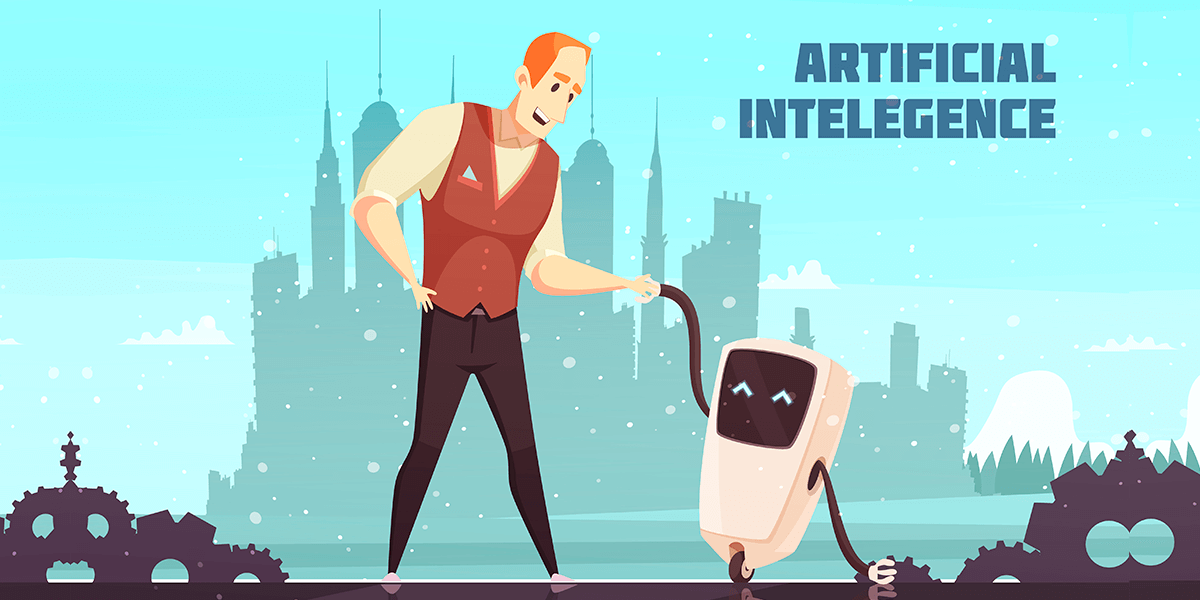Humanitarian aid is short-term assistance to people inhabiting an insecure environment. It usually involves material and logistical help to save lives, minimize suffering, and maintain dignity. Humanitarian organizations are now leveraging artificial intelligence to enhance their actions and make efficient policy decisions. Application of AI for humanitarian action is drastically supporting aid workers in addressing the needs of children, protecting homeless people, administering disaster recoveries, and promoting human rights.
Artificial intelligence can assist aid workers in the following aspects of humanitarian actions:
1-AI can process a massive amount of data collected on global scale in a short period. This gives an opportunity to predict the locations of vulnerable groups and supporting refugees and displaced people.
2-Policy making for humanitarian agencies is a complex task. Artificial intelligence is capable of collecting and analyzing large amounts of data. This attribute helps in making effective policy designs rapidly to streamline all humanitarian activities.
3- AI technology for facial recognition could automate searching and matching to find missing or displaced people in natural or man-made disasters.
4- AI can help humanitarian workers to protect children by analyzing certain risk factors on a wide scale which human capacity would not observe. Social workers could prevent child abuse and exploitation of vulnerable children.
5- The predictive analytics capability of artificial intelligence can help in preventing crisis situations or making a proper plan for handling any stressful activity. AI can identify disaster zones and provide guidance to alleviate suffering and damage with meaningful insights.
6- Humanitarian organizations are using AI to evaluate vulnerable groups of people and provide them with needed resources. AI accelerates the flow of information between public services and facilitates help at the right place and at the right time.
7- AI assists in the execution of human rights standards. AI can be a substantial helper for social workers in the fight for establishing universal human rights. AI algorithms have the capability to monitor all data sources, track down hate groups, and expose people responsible to take better actions against them. This could support saving the general public from the adverse effects of conflicts.
8- Data-driven aspect of AI systems can help reduce inequalities and discrimination in society by guiding workers with locations and other details of people at risk. UNHCR is exploring AI technology for decision making, advocacy efforts, and develop a policy against racism, discrimination, and xenophobia.
In this article, we are listing a few humanitarian action projects in which AI is being utilized:
- Microsoft is working on an ‘AI for humanitarian’ program to save lives of people at risk and address four main areas which are disaster response, human rights, refugees & displaced persons, and children’s safety.
- Artificial intelligence for digital response (AIDR) is an open platform based on machine learning that provides real-time data retailed to emergency situations and humanitarian crises.
- TrailWatch is a project initiated by the Clooney Foundation for Justice in collaboration with Microsoft that is using artificial intelligence to monitor and respond to trials giving rise to human rights violations around the world.
- A nonprofit organization ‘Operation Smile’ is taking advantage of AI-based facial modeling algorithms to locate children born with cleft lip and cleft palate and provide solutions that deliver safe surgeries.
Putting Intelligent Technology to Work
AI technologies can prove to be very effective to address humanitarian issues globally. The faster we get information, the better we can react to the situation. This can be possible only if we integrate artificial intelligence into our system and harness the computation and problem-solving ability of AI. New artificial technologies are advancing rapidly and can be used to protect and promote human rights.

